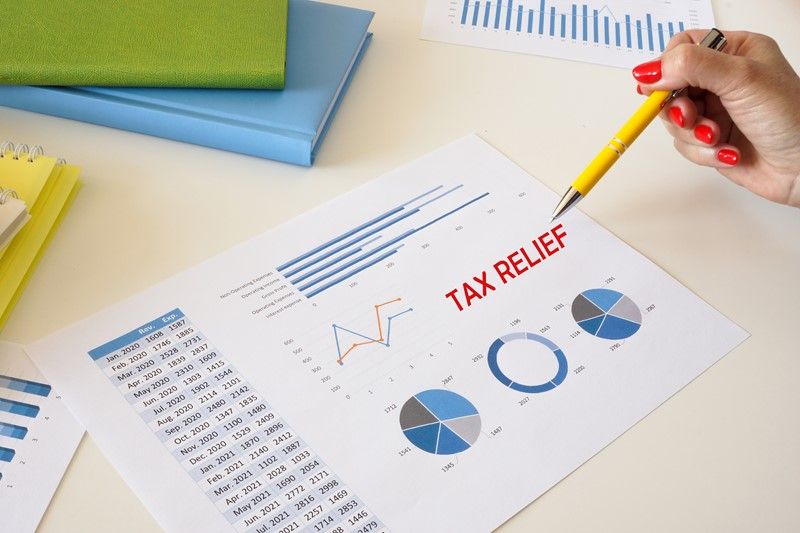Who needs to register for anti-money laundering supervision
If your business operates in a sector covered by the Money Laundering Regulations, you must be monitored by a supervisory authority to ensure compliance. This article outlines who needs to register with HMRC for anti-money laundering (AML) supervision.
Your business must be registered with a supervisory authority if it operates in a sector covered by the Money Laundering Regulations. Some businesses are already supervised through authorisation by bodies like the Financial Conduct Authority (FCA) or professional associations such as the Law Society.
If your business is not already supervised and falls under one of the regulated sectors, you must register with HMRC.
Business Sectors Supervised by HMRC
HMRC is responsible for supervising businesses in the following sectors (where not already regulated by the FCA or a professional body):
- Money Service Businesses not regulated by the FCA
- High Value Dealers handling cash payments of €10,000 or more (in a single transaction or linked transactions)
- Trust or Company Service Providers not supervised by the FCA or a professional body
- Accountancy Service Providers not supervised by a professional body
- Estate Agency Businesses
- Bill Payment Service Providers not regulated by the FCA
- Telecommunications, digital, and IT payment service providers not regulated by the FCA
- Art Market Participants involved in buying or selling works of art valued at €10,000 or more (including linked transactions)
- Letting Agency Businesses managing property or land with a monthly rental value equivalent to €10,000 or more
If your business conducts these activities by way of business and is not already supervised, you must register with HMRC.
Money Service Businesses and Trust or Company Service Providers are not allowed to trade until their AML registration with HMRC is confirmed. Other businesses may continue operating while their registration is being processed.
Trading while not registered is a criminal offence and may result in a penalty or prosecution.




